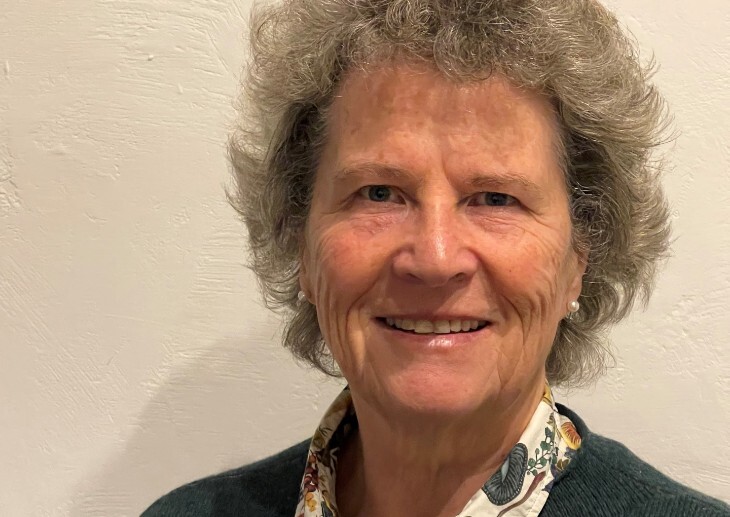Edwina Farrell, partner at national law firm Weightmans, explores the practical realities behind the NHS’s 10 year plan and why delivery, not ambition, remains the real test.
The government’s long-awaited NHS 10 year plan, outlines a strategic shift towards prevention, digital innovation and delivering care closer to home. While these priorities are not new – New Labour had grand designs for expanding neighbourhood care provision back in 2006 – the context has fundamentally changed.
Today, NHS resources are under more pressure and public satisfaction is at a historic low. Against this backdrop, the case for reform has become more urgent and unavoidable. This plan rightly positions transformation not as a choice, but as an imperative. Its ambitions are clear: reduce burden on hospitals, enhance access to community-based services, and better integrate care around the needs of the patients.
In theory, admirable. In practice, very difficult to achieve.
Where’s the money?
The plan outlines a major drive to modernise primary care, with proposals including upgrades to more than 1,000 GP surgeries and funding to support over eight million extra appointments each year. It also introduces new recruitment measures, contract changes and a requirement for newly qualified dentists to work in the NHS for a minimum of three years.
While these initiatives are welcome, challenges remain. An £8 million fund, when divided nationally, is unlikely to go far – particularly in the face of rising demand, stretched capacity and years of underinvestment. Many GP practices are already operating at or near their limits and in some areas, the physical infrastructure is too outdated or too small to meet the current scale of need.
Placing primary care at the heart of the strategy is a step in the right direction but the real test will be whether it is properly supported on the ground, with the funding, workforce and flexibility needed to respond locally.
One of the plan’s more visible commitments is the creation of 250 to 300 neighbourhood health centres. These centres, designed to operate six days a week, aim to offer integrated services such as diagnostics, GP consultations, mental health support and elements of social care.
If delivered effectively, they could reduce duplication, improve access and provide more coordinated care, particularly for people with complex or long-term needs. The plan rightly understands that many health problems are shaped by social factors, not just medical ones.
However, details remain scarce. There is little clarity on where these centres will be located, how they will be staffed or who will run them. Without a robust delivery framework, even the best ideas risk faltering before they even begin to take shape.
Complexity and collaboration
It is quite possible that existing primary care network (PCN) neighbourhood teams or GP federations will be asked to lead the rollout of these centres, building on the work already happening through PCNs and integrated care systems. In principle, this approach makes sense. Many of the relationships and organisational structures are already in place, and there is growing momentum for more integrated, place-based working.
But success hinges on genuine collaboration. Delivery must go beyond shared governance; practices need to take collective responsibility for the outcomes. In some areas, this may be a natural progression but in others, it may demand a significant shift in day-to-day working relationships. Integrated care requires time, trust and sustained support – as well as clear guidance on roles, funding flows and accountability.
For some practices, particularly smaller ones, this is going to require dramatically different, and more comprehensive governance processes and policies that align with the other service providers they will be expected to work with. This could be particularly complicated in situations where private practice meets traditionally publicly delivered services.
Reaching those often missed
One of the more forward-thinking aspects of the plan is the reallocation of resources to reach underserved populations. This includes mobile outreach teams and more targeted services in high-need areas, aiming to shift from reactive care to early intervention. The goal is to reduce long-term pressure on the NHS by addressing health issues sooner, particularly among disadvantaged groups who often face the highest barriers to access.
While this is an important ambition, it presents practical difficulties, especially in rural areas, where challenges around transport, digital connectivity, and workforce availability are more acute. Much of the plan appears more tailored to urban contexts and will need careful local adaptation. Truly equitable care requires flexibility, not only in service delivery, but also in how success is measured across different communities.
The right strategy but only if it’s delivered
The priorities set out in the 10 year plan are right. Better care closer to home, more time for patients, joined-up services and a focus on prevention are goals we have long supported. These are not ideas in search of approval, they are ideas in search of implementation.
What matters now is turning the vision to reality. This will require clear leadership, sufficient, targeted funding and, in some cases, an overhaul of structural and governance principles to allow for the practical mechanisms need to foster collaboration. If that foundation is laid, this could mark a genuine turning point – one where community-based care becomes more than just a policy promise.




